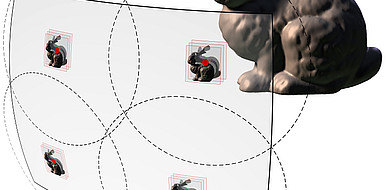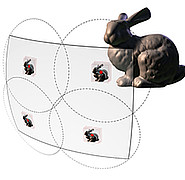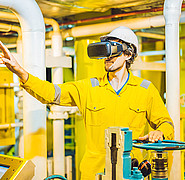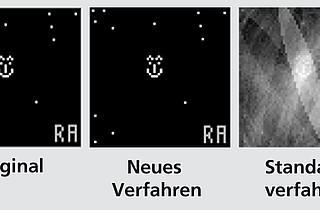3D visualization on mobile devices
Remote visualization is important wherever local memory, data transfer rates, or graphical capabilities are restricted. Even though the performance of modern mobile devices is increasing rapidly, many applications are limited by hardware and networks.
State of the art
When visualizing a scene, image-based rendering is considered as the technical standard. Here, a scene is represented by an image dependent on the direction of view, which corresponds to the original geometry. The three-dimensional rendering is completely reloaded each time the viewing angle is changed. As the amount and complexity of the visualization data increases, the computational requirements rise, which is why the traditional approach of remote rendering is still significantly limited by transfer rates.
Technology
Scientists at the Institute of Applied and Numerical Mathematics (IANM) at KIT have developed a more efficient solution for real-time mobile scene visualization. Based on a new mathematical model for multi-layer planar stack display, any complex scenes are resolved into two-dimensional image layers starting from the viewer's viewport. Each image layer represents only a spatial section of a scene. A series of 2D image layers is transmitted to the mobile device, from which the client calculates the 3D scene using a derived metric. Depending on the gaze movement, the spatially layered data representation only requires the reloading of affected layers, all other layers remain valid.
Advantages
Due to the model-optimized, layer-dependent loading behavior, the total amount of image data to be transferred is significantly reduced and the visualization quality can be increased at the same transfer rate. The process allows complex data and simulations to be visualized in interaction with the real environment in high-resolution quality. The technology is particularly suitable for networks with low bandwidth and high latency.
Options for companies
The feasibility of the method was verified by simplified prototypes. The modeling offers new possibilities for mobile visualization, e.g. for augmented reality or gaming applications. KIT is looking for partners to use the technology.
Your contact person for this offer
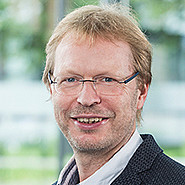
Innovation Manager Karlsruhe Institute of Technology (KIT)
Innovation and Relations Management (IRM) Phone: +49 721 608-25587
Email: rainer.koerber@kit.edu

